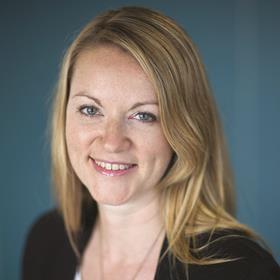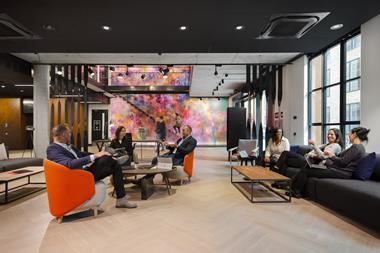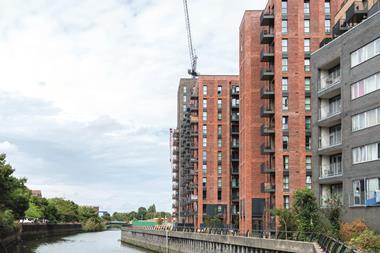The emergence of employee experience as a key business driver has given property management teams an unprecedented opportunity to redefine their role in today’s organisations.

For years the property function has dialled down costs with little return. A better approach may lie in turning the dial up on experience instead. Evidence suggests this has huge potential to maximise property value, employee engagement and organisational performance.
Ambitious aims. Yet the journey for property teams begins in some pretty fundamental areas. A desk, meeting rooms, a tidy environment and good coffee are all elements that many people will take for granted. As our research suggests, however, they also hold the key to exceptional employee experience.
Leesman has undertaken a two-part study titled ‘The Workplace Experience Revolution’. In part one, we wanted to see if the shift in consumer expectations – typified by the popularity of Amazon and Airbnb – had also reset employee expectations. The research included an analysis of 401,362 employee responses, drawn from more than 3,100 workplaces in 90 countries.
We separated the way employees experience the workplace into three distinct groups. The first is ‘doing’, which relates to whether the workplaces support getting work done. Our survey tool, the Leesman Index, asks respondents how the workplace affects their sense of personal and collective productivity, sense of community, enjoyment and ability to share knowledge.
The second is ‘seeing’ – whether the workplace has a positive impact on corporate image and sustainability. And the third is ‘feeling’, which relates to whether the workplace supports pride and the culture of the organisation.
‘Super drivers’
Further analysis revealed that a core group of five critical work activities and eight workplace features determines the quality of an employee’s experience across all three aspects. This means that failure to deliver in just one of these areas could limit or undermine an organisation’s wider efforts. We call these ‘super drivers’.
Viewed in isolation, each of these key drivers will be familiar to anyone who has ever worked in an office. For example, if the workplace supports activities including planned meetings, thinking time, taking a break, learning from others and focused work, employees are likely to have an overwhelmingly positive outlook on what they do, what they see and how they feel. Likewise, if a workplace has adequate noise levels, general décor, desks, meeting rooms, informal work areas, general tidiness, toilet facilities and refreshments, employees are likely to report back positively across all three clusters.
Some of these activities or features will require higher maintenance than others. Keeping an environment tidy is far more straightforward than identifying how to create the right noise levels for a mix of employees. Nevertheless, these findings provide leadership teams and property functions with a checklist that can ignite employee engagement and performance.

Moreover, these findings are crucial when organisations are being bombarded with the latest must-have workplace strategies.
This year, we embarked on part two of our research, applying the doing, seeing and feeling clusters to employee responses within the Leesman Index that were recorded post occupancy, specifically after a relocation or refurbishment project.
The aim was to see if workplace change projects meet employee expectations and whether organisations understand the nature of their employees’ needs before embarking on new designs or models of work.
Our data suggests that choice of workplace concept is never a straightforward indicator of success or failure. Many of the best-performing ‘new’ workplaces feature open concepts and there are both unassigned and assigned seating concepts in the elite group.
Our research reveals a non-negotiable checklist of employee experience components that property leaders cannot ignore. Simply keeping an office tidy is likely to deliver far better results than investing in a costly move to a new way of working, so focusing investment in these fundamental areas will deliver maximum return.
Dr Peggie Rothe is development director and head of insights and research at Leesman






























No comments yet